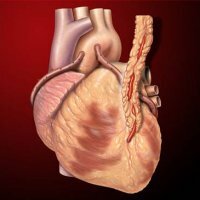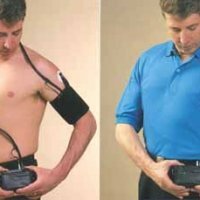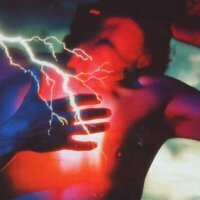What is sinus rhythm on an ECG: results and interpretation of a cardiogram of the heart, norms and deviations
What does sinus rhythm mean on an ECG and how to decipher it? In the myocardium, by means of muscle contractions, an impulse is formed, which is created by the conducting system of the heart, namely, the cells of the sinus, atrioventricular nodes, as well as Purkinje fibers.
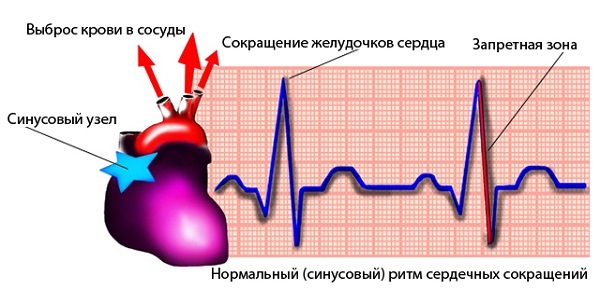
The fact that sinus rhythm on the ECG is normal is evidenced by its indicator
To understand what sinus rhythm is on the ECG and what it should be, consider the normal indicators of the electrocardiogram:
-
P wave is normal must precede the QRS complex, and the distance between P and Q will be
0.12-0.2 seconds. After the QRS complex, a T wave is traced. - P wave shape unchanged in all leads, and it will be negative in lead aVR and positive in standard lead II. In other leads, these parameters of the P wave depend on the electric axis and can be different.
- In a healthy person over 7 years old rhythm frequency is
60-90 pulses per minute. - EOS vertical position (electrical axis), as well as sinus rhythm on the ECG indicate the physiological norm of the parameters. The normal position of the myocardium in the chest is indicated by the vertical axis, which is a projection of the location. The organ can also be in semi-vertical, semi-horizontal and horizontal projections, and the heart can be turned from the transverse axis. These indicators are indicative of individual characteristics.
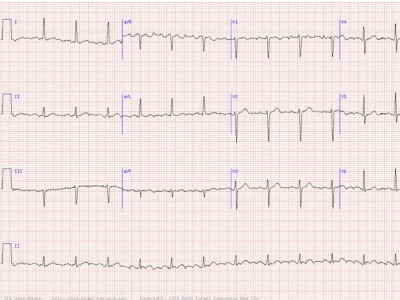 It is known that such a sinus rhythm on the ECG means that the patient has no cardiac abnormalities. To get a reliable test result, it is necessary to calm down before starting the diagnosis, exclude anxiety and nervousness, as well as physical activity.
It is known that such a sinus rhythm on the ECG means that the patient has no cardiac abnormalities. To get a reliable test result, it is necessary to calm down before starting the diagnosis, exclude anxiety and nervousness, as well as physical activity.
For example, rest after climbing stairs. Front electrocardiogram also you can not smoke for at least half an hour.
Conclusion ECG sinus rhythm of an abnormal nature may indicate both pathologies and physiological changes.
There are 3 options for deviation from the norm, in terms of frequency and timing:
- Sinus tachycardia, which is evidenced by the regular acceleration of the rhythm. A shortened P-P interval is recorded on the cardiogram, heart rate (heart rate) exceeds 120 pulses per minute, in severe cases up to 220. These disorders are manifested in the patient by the following symptoms: shortness of breath, lack of oxygen, rapid breathing, palpable retrosternal heartbeat, feelings of anxiety and fear.
- O sinus bradycardia says a decrease in sinus rhythm on the ECG below 60 pulses per minute and a pronounced lengthening of the R-R interval. The patient experiences dizziness, may faint. This condition may indicate the presence of a violation of the vagus nerve, which requires pharmacotherapy, and in the absence of the effectiveness of treatment, there is a need for a pacemaker.
- Sinus arrhythmia expressed by an irregular contraction of the myocardium. That such a sinus rhythm on the ECG indicates an unstable heart rate. At the same time, the frequency of heart beats sometimes accelerates, then slows down, as evidenced by the different duration of the R-R intervals.
According to the ECG data, the doctor can make a conclusion about the state of the cardiovascular system and, if there are deviations, make a diagnosis.
Instability of the heart muscle, slow or accelerated rhythm indicate the presence of a syndrome of weak sinoatrial node of the wall of the right atrium, which can lead to coronary heart disease or other serious disease.
How is the decoding of the cardiogram of the heart: sinus rhythm and what the ECG results indicate
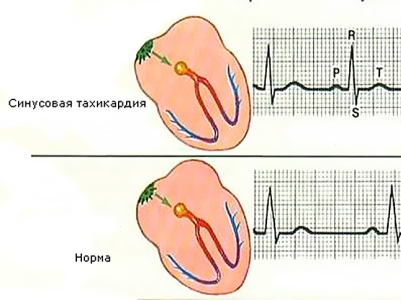 After the diagnosis is performed, the cardiogram of the heart is decoded, the sinus rhythm and other parameters are described according to all the rules.
After the diagnosis is performed, the cardiogram of the heart is decoded, the sinus rhythm and other parameters are described according to all the rules.
The specialist (cardiologist) compares the result with the norm and concludes:
- The normal heart rate falls in the range from 60 to 90 pulses per minute, in children under 6 years of age up to 120, and in newborns up to 140.
- The state of excitation of the sinus node can be determined by the P wave, which is always in front of the QRS waves.
- The PQ interval has the same duration
(0.12-0.20 seconds) on the entire electrical cardiogram. - The PP interval (the cycle of myocardial contraction before the start of the next contraction) should also be the same throughout the cardiogram.
ECG results, interpretation, sinus rhythm may indicate physiological arrhythmia caused by increased psycho-emotional or physical stress, as well as some external factors (a sharp change weather conditions).
Functional bradycardia or tachycardia accompanied by both an irregular sinus rhythm and a change in heart rate. If, when eliminating the listed reasons, cardiac activity does not return to normal, a pathological process can be suspected.
As a result of decoding the cardiogram of the heart, an abnormal sinus rhythm may indicate:
- diseases of the cardiovascular system of an inflammatory and / or infectious nature;
- organic changes in the myocardium;
- congenital and acquired heart valve abnormalities;
- acute or chronic CHF;
- congenital anomaly of the atrioventricular node;
- endocrine pathologies, including thyrotoxicosis;
- damage to the vagus nerve;
- anemia or chronic hypoxia.
Nonspecific changes in the myocardium, confirmed by decoding of the cardiogram of the heart, sinus rhythm and its deviations may also indicate such bad habits as smoking, use of drugs and high doses of alcohol, as well as overdose of certain medications, therapeutic regular intake of medications such as heart glycosides.
ECG results, interpretation, sinus rhythm and its display on the cardiogram will help not only determine the presence of factors that lead to irregular cardiac fluctuations, but also choose the appropriate tactics treatment.
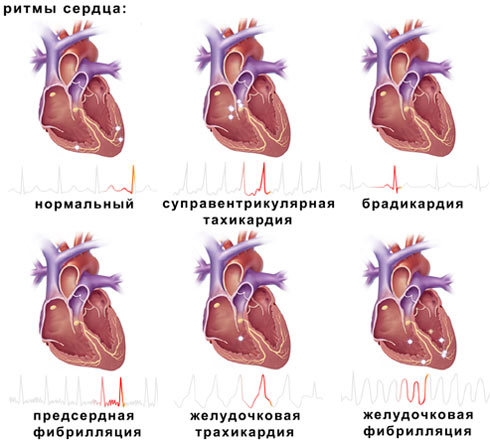
The choice of therapy for cardiac arrhythmias depends on what causes them, physiological or disease. If in the first case, changing the regime and a healthy lifestyle will help, then in the second, a thorough examination and treatment of the underlying disease is required.
In any case, without waiting for the results of ECG decoding of the sinus rhythm, it is necessary to give up drugs, nicotine, abuse of alcohol, coffee and tea, observe a normal sleep and rest routine, play sports, spend more time on fresh air.
It is important to eat well, not to abuse spices, chocolate, and provide the body with all the necessary nutrients. It is forbidden to independently prescribe drugs to yourself, especially antiarrhythmic and sedative drugs.
Detection of severe sinus arrhythmia, which has developed against the background of pathology of the heart and blood vessels, requires a thorough analysis, a high-quality therapeutic complex, and, if necessary, a surgical interference.
The specificity of treatment depends on the type of pathological process and the severity of the symptoms.
Decoding of the cardiogram of the heart, sinus rhythm in most cases indicates adaptive ability myocardium to living conditions and changes in the load on the body, but requires mandatory confirmation of the absence ailments.
This is due to the fact that the blockade of the cardiac conduction system can be dangerous not only for health, but also for human life. Therefore, you should carefully look at all suspicious ECG results, decoding, sinus rhythm and carefully study the elements and segments with deviations from the norm.
Partial use of site materials (no more than 30% of the content of the article) is allowed only with a hyperlink on www.med88.ru, full use of the article (more than 30% of the article content) is possible only with written permission edition.

